We may earn revenue from the products available on this page and participate in affiliate programs. Learn More ›
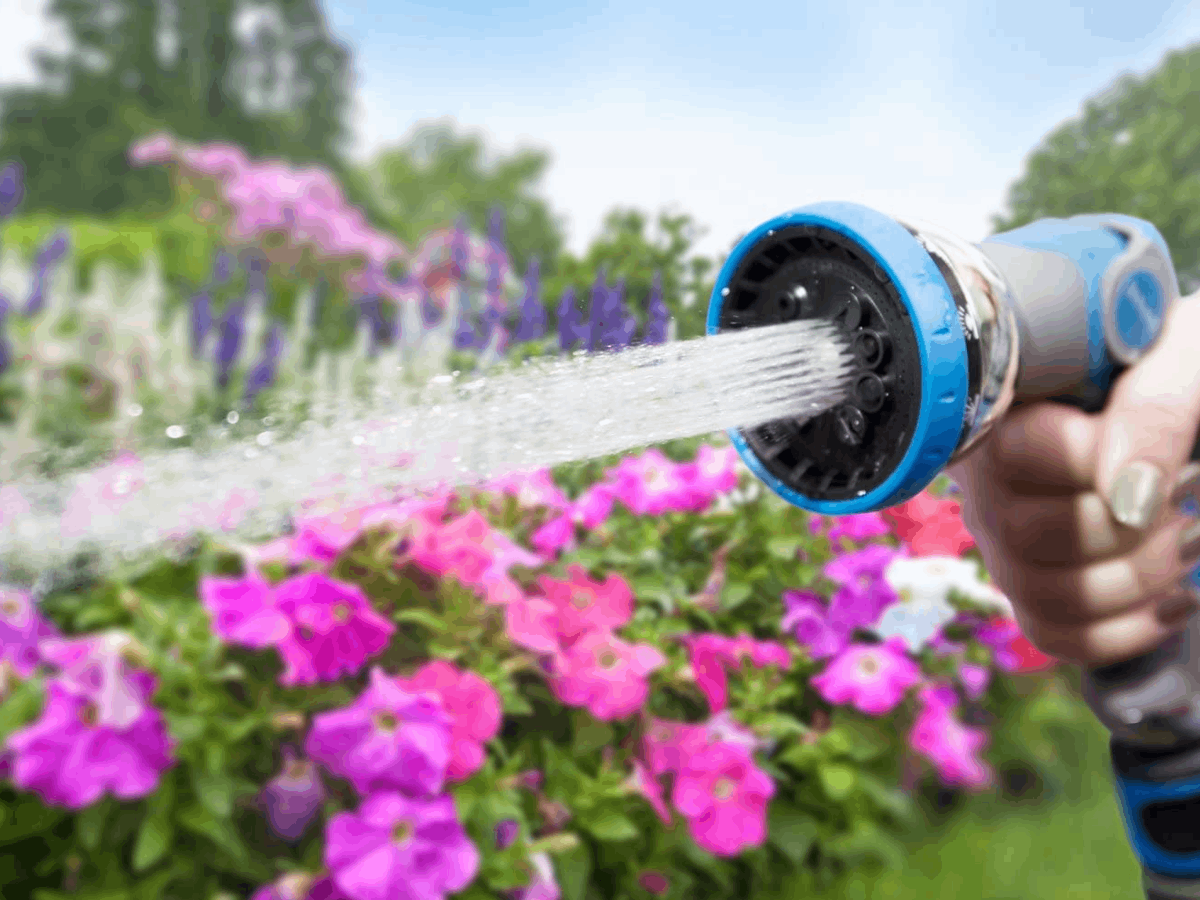
The most recent report from the National Integrated Drought Information System reports that 44.98 percent of the U.S. and 50.61 percent of the lower 48 states are in drought. As a result, many states across the country—including California, Texas, Arkansas, and New Hampshire—have begun enforcing necessary water restrictions and many people are becoming more concerned about how to save water at home.
No matter where you live, water is a precious resource that should be protected, not wasted. One way you can do that is by implementing water-saving practices both inside and outside. Below we’ve rounded up the best products to help you conserve water this season, from a low-flow shower head to a smart sprinkler system.
1. Low-Flow Shower Head
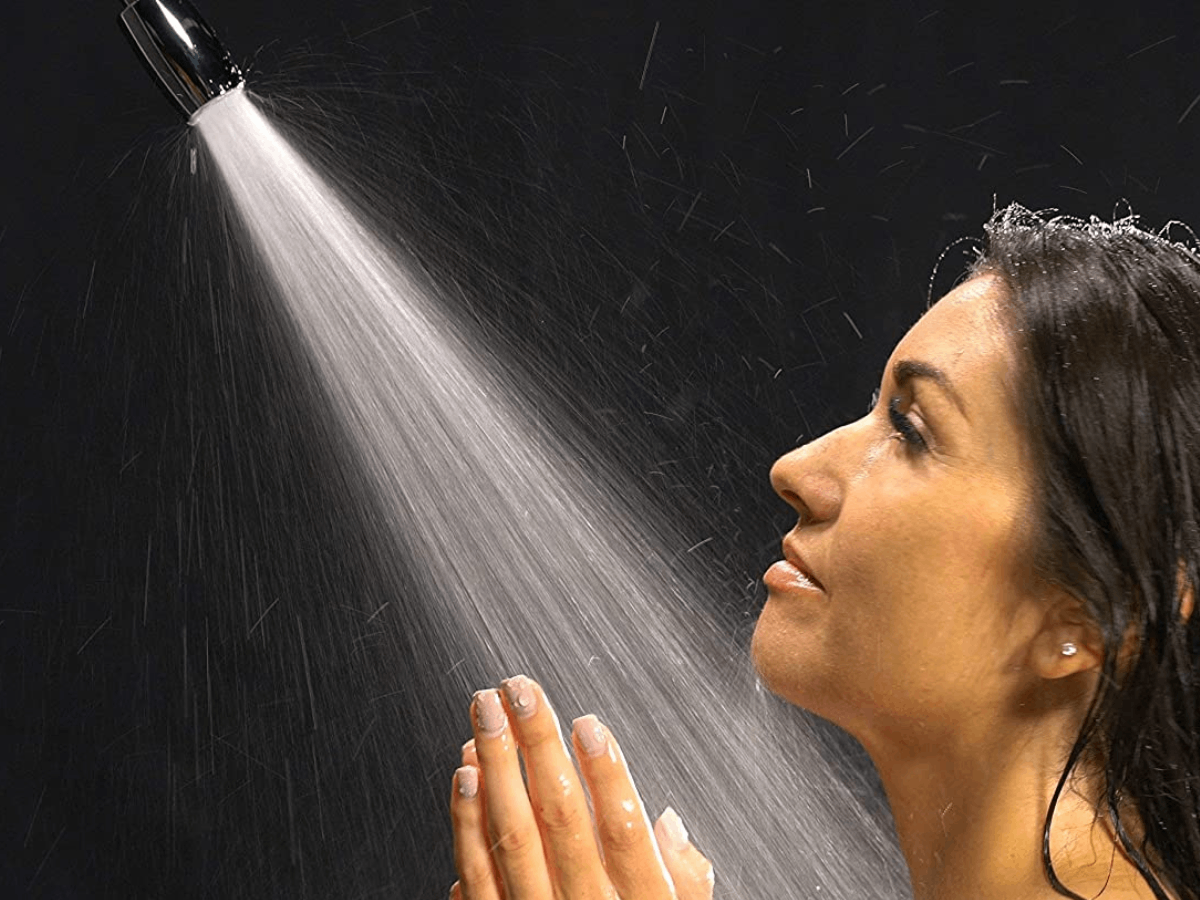
Showering is a daily, often time-consuming, task, so switching to a low-flow shower head is a great way to conserve water. Reviewers rave that this shower head maintains strong pressure while also having a low-flow design of 1.5 gallons per minute. The water-saving nozzle collides water streams to save 40 percent of water.
Get the High Sierra Low-Flow Showerhead on Amazon for $39.95
2. Water-Efficient Hose Nozzle
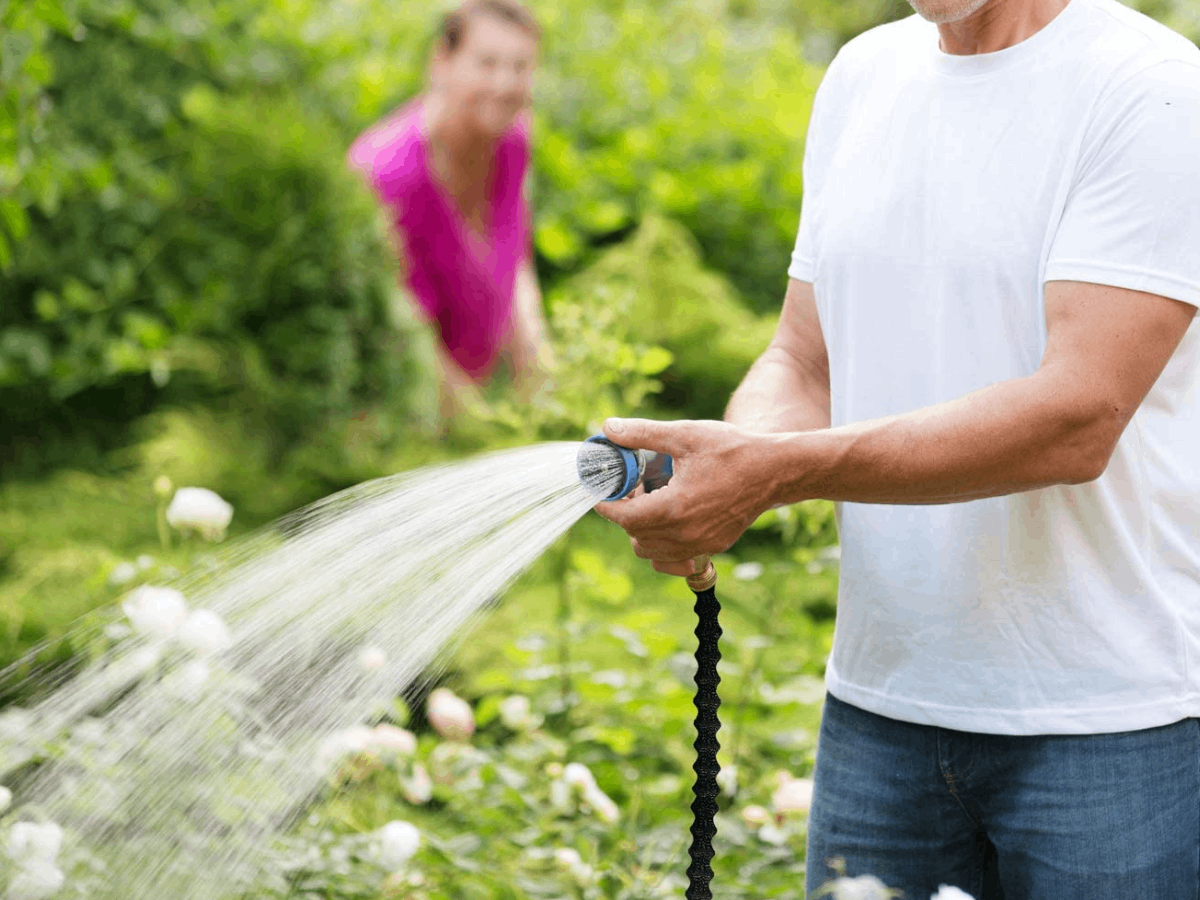
Swapping over to a water-efficient garden hose significantly reduces the amount of water used. The device automatically stops the flow of water when the hose is not in use, even if the water is still on. Plus, the leak-free design of this hose promotes even more water conservation.
Get the Innav8 Water-Efficient Hose Nozzle on Amazon for $17.95
3. Low-Flow Kitchen Faucet
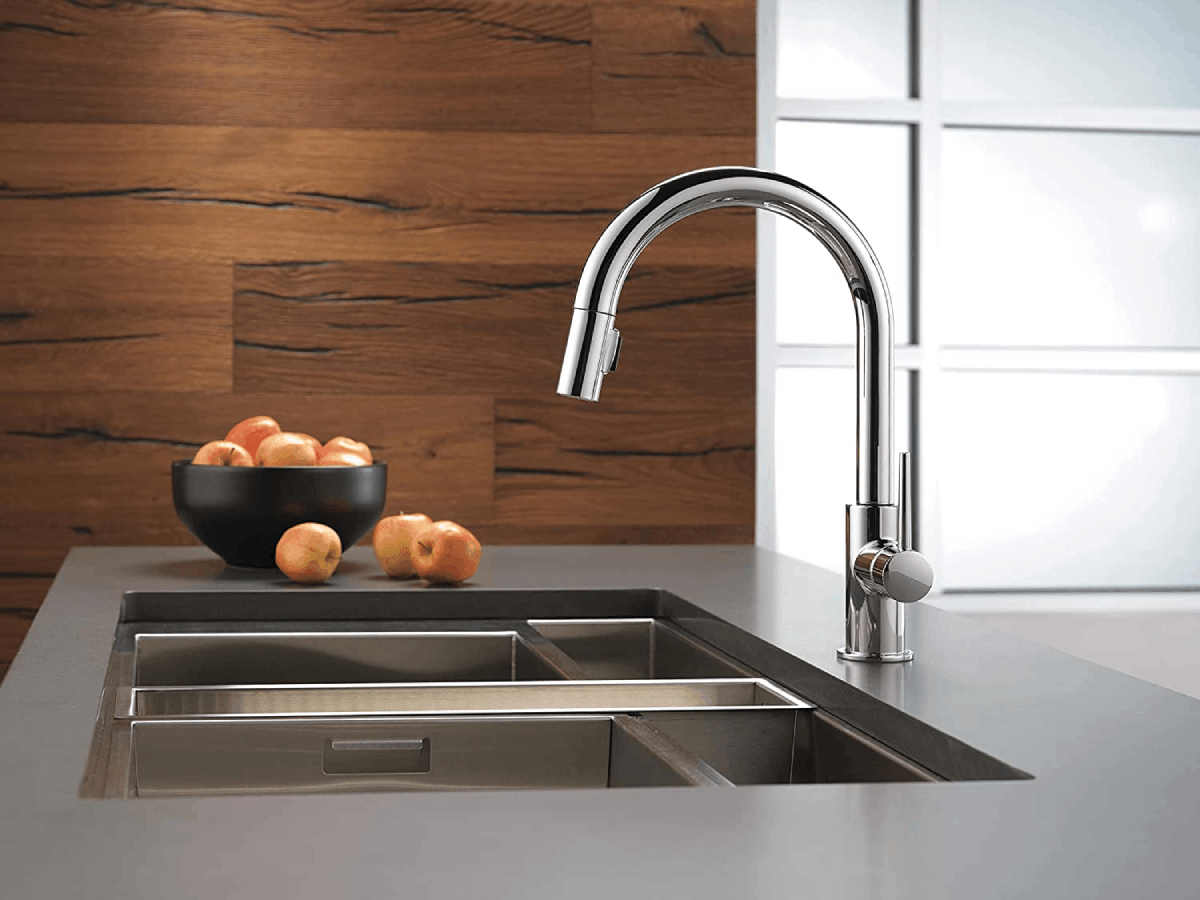
It’s easy to forget just how much water you’re using when washing the dishes. Thankfully, low-flow faucets are here to keep your water usage in check. This faucet features a 1.8 gallons-per-minute flow rate, which meets the EPA’s WaterSense standards.
Get the Delta Trinsic Pull Down Kitchen Faucet on Amazon for $348.99.
4. High-Efficiency Toilet
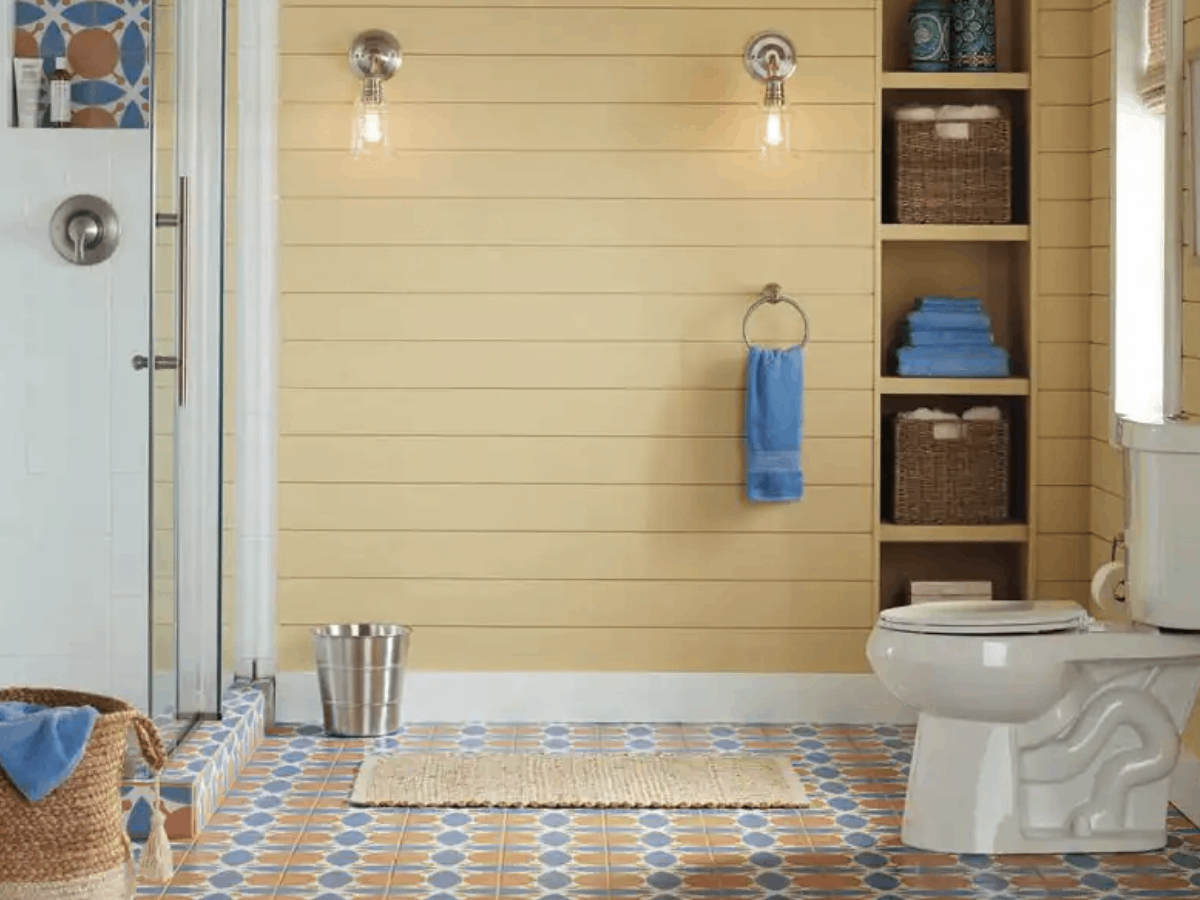
With toilets accounting for the majority of water usage in the home, finding a water-saving option is ideal. This WaterSense-approved toilet has a flow rate of 1.28 gallons per flush. It’s made of durable vitreous china that resists staining, abrasions, and acids.
Get the Glacier Bay High Efficiency Toilet at The Home Depot for $189
5. Fill Cycle Diverter
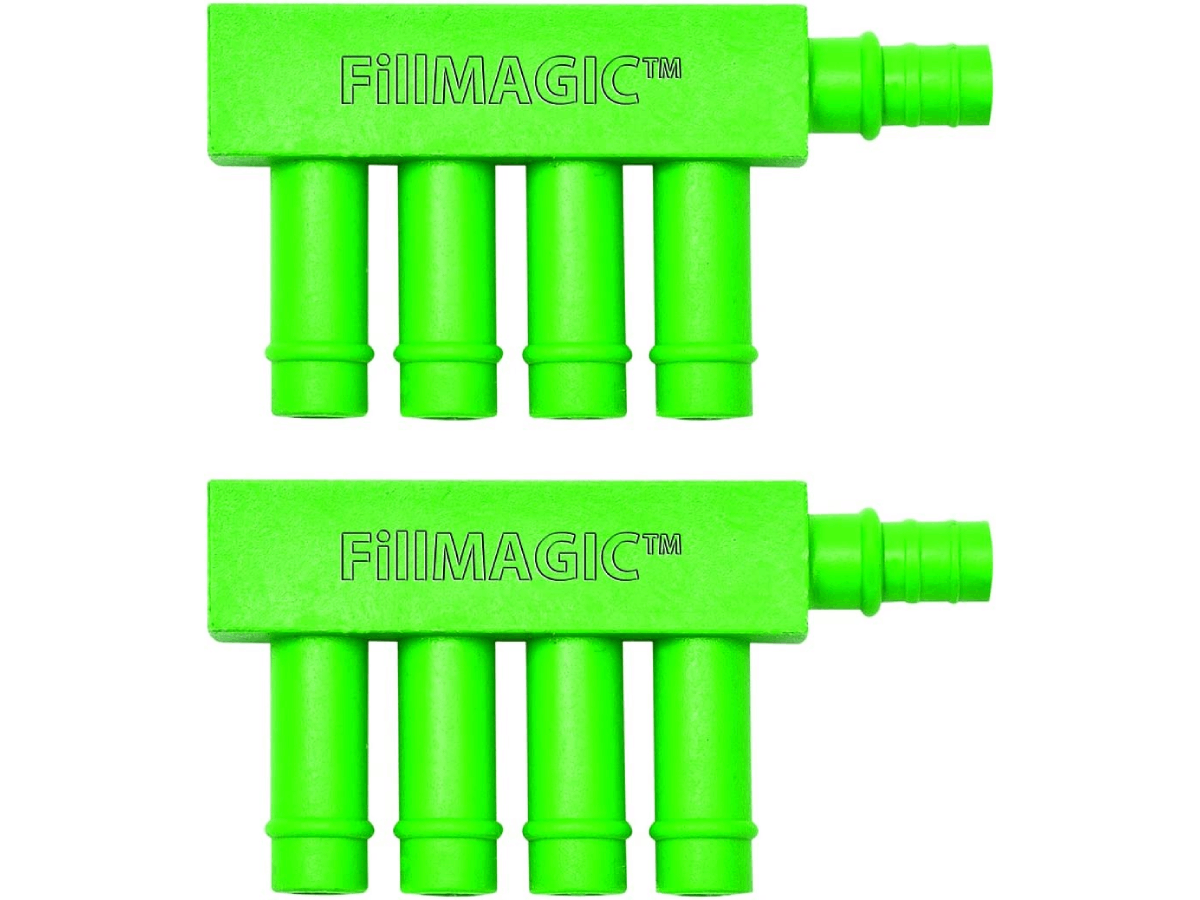
If you don’t want to get a whole new toilet, another option is to use a fill cycle diverter. This device directs more water to the toilet’s tank and less to the bowl when it’s refilling after a flush. This is a great device for older toilets that use 3.5 gallons per flush or more. The PF WaterWorks Diverter saves between 1/2 to 1-1/2 gallons per flush.
Get the PF WaterWorks Fill Cycle Diverter on Amazon for $10.98
6. Garden and Compost Moisture Meter
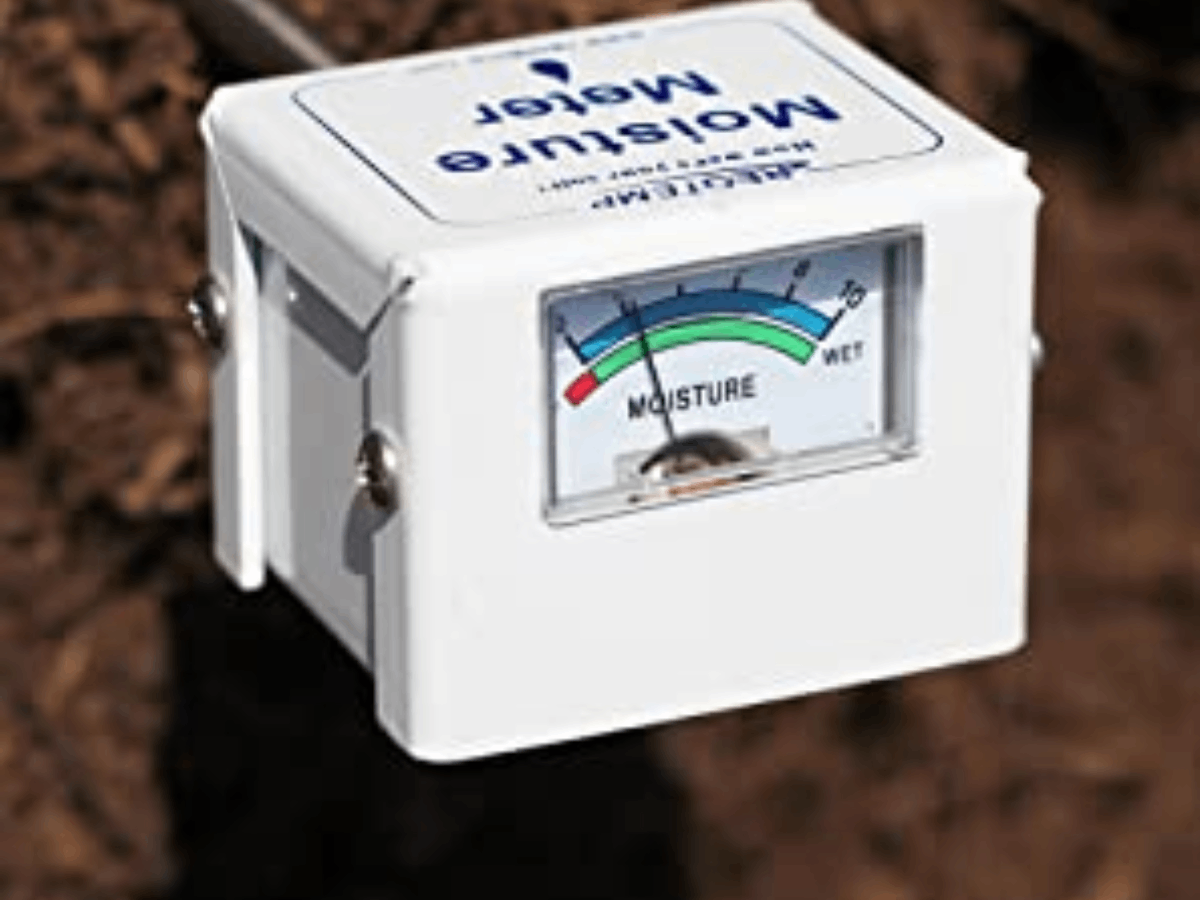
A soil moisture meter is great for ensuring you only use water when needed. This specific product features an adjustable calibration system which you can use to measure the moisture of different plants. You can also use it for composting and soil moisture testing.
Get the Reotemp Garden and Compost Moisture Meter on Amazon for $34.99
7. Smart Sprinkler System
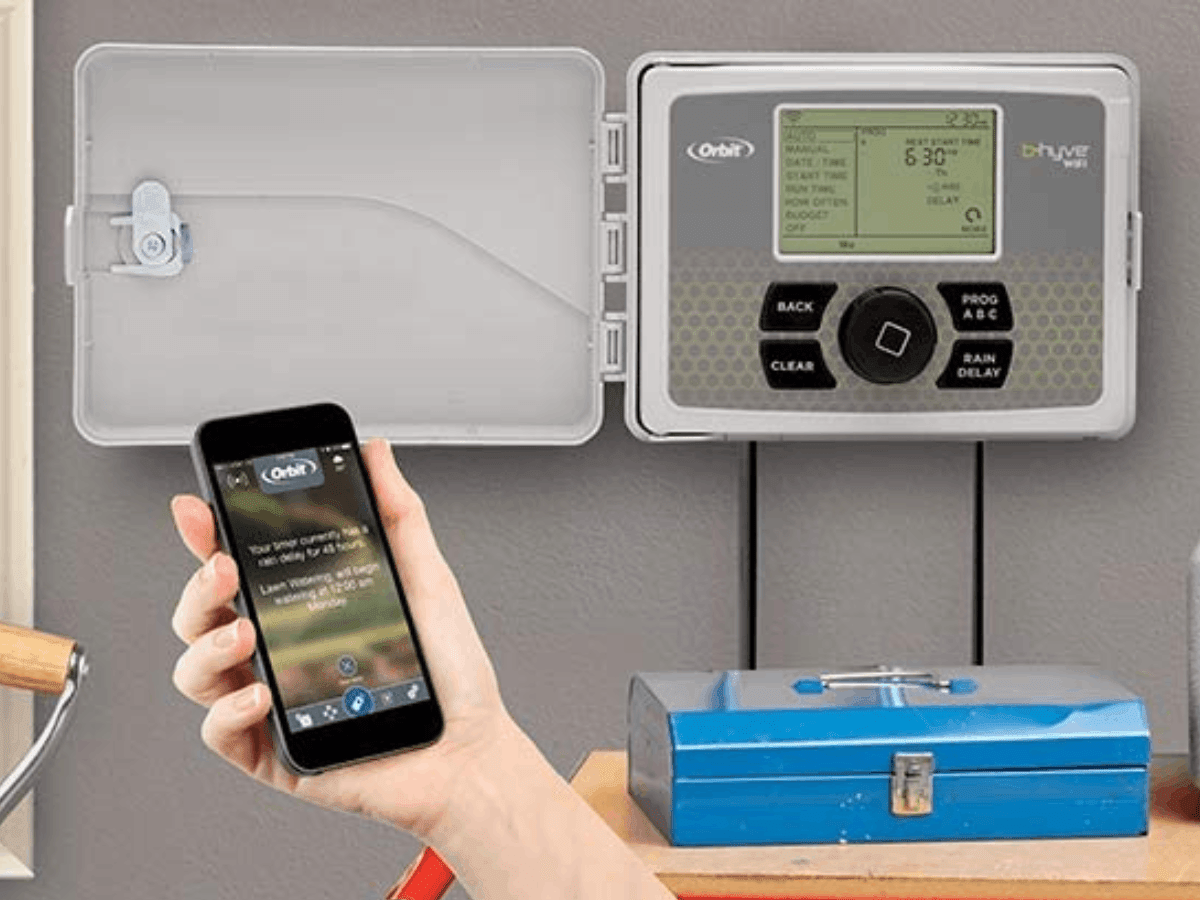
The Orbit B-Hyve Wi-Fi sprinkler timer allows you to adjust watering schedules from your smart phone, computer, or directly at the device. Featuring WeatherSense technology, the timer provides watering based on site conditions including slope, soil type, sun/shade conditions, and more. You can even program it to adjust watering based on local weather to avoid water waste while promoting the healthiest moisture for your plants.
Get the Orbit B-Hyve Smart Sprinkler Controller on Amazon for $97.29
8. Downspout Rainwater Collection Diverter
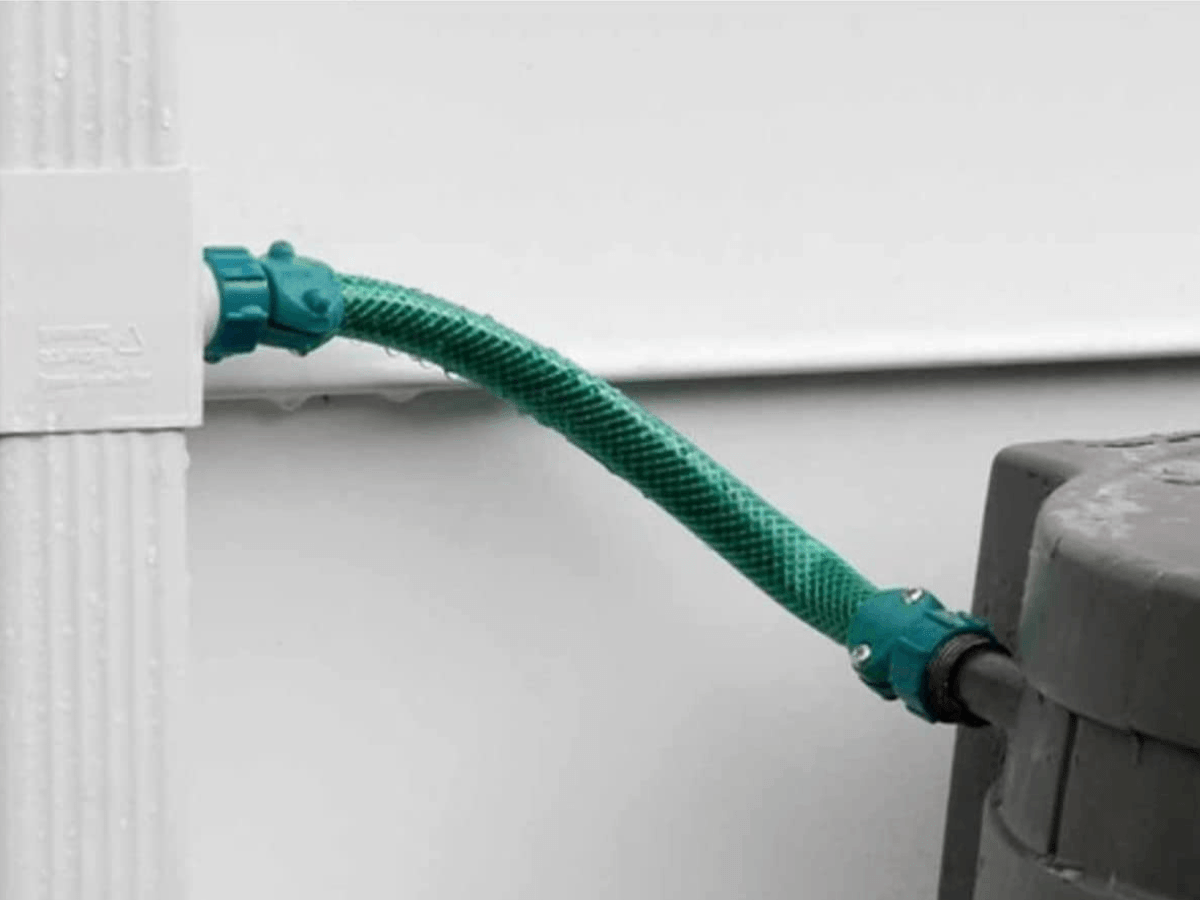
Saving rainwater is one of the easiest ways to conserve water resources. This downspout diverter funnels rainwater into a storage tank, rain barrel, or directly into the garden. The collected water can be used to water houseplants and gardens or wash cars.
Get the Flex Drainz Downspout Rainwater Collection Diverter on Amazon for $20.99
9. High-Efficiency Washing Machine
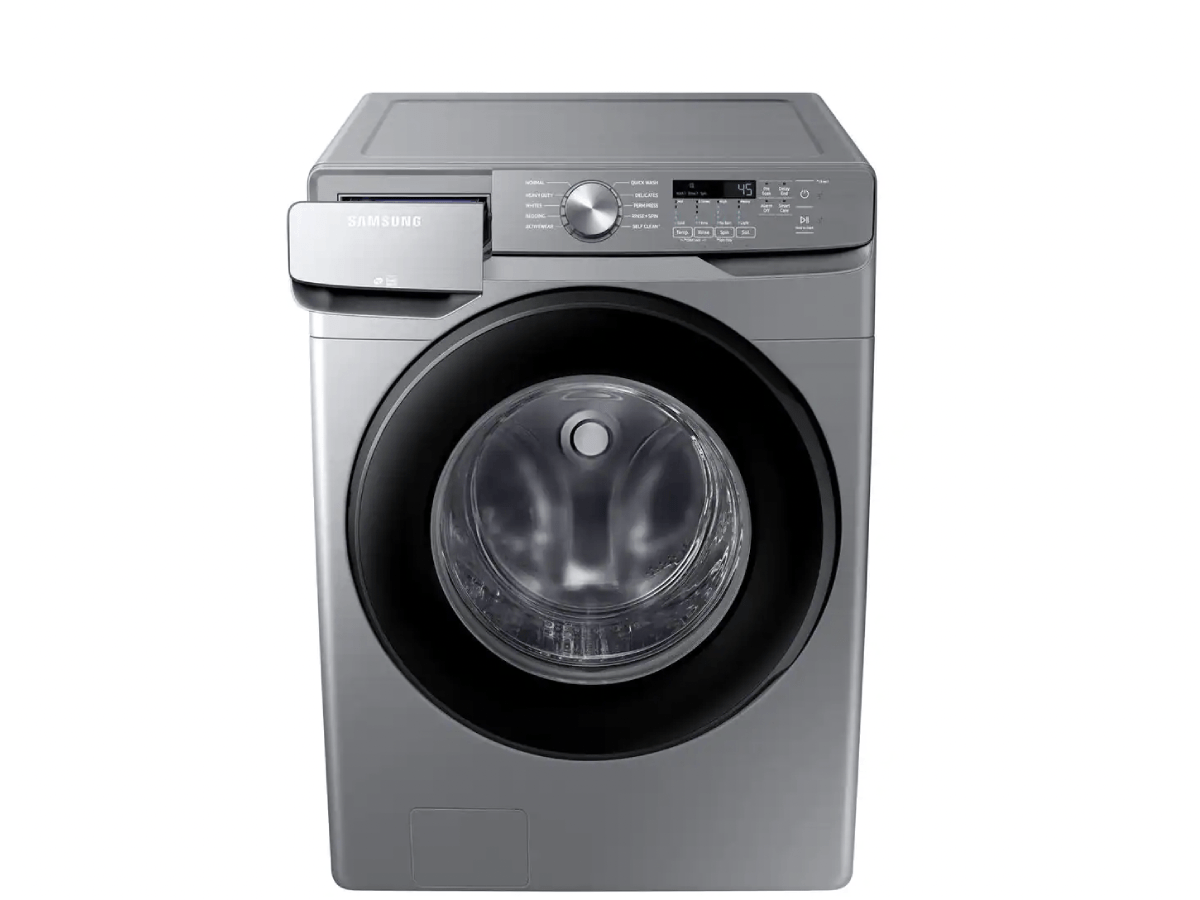
There’s no denying doing laundry results in a hefty amount of water usage. Switching to a water-efficient washing machine is an important move then, as it saves water and energy due to its load-sensing technology. This technology reads the load, so it knows how much water is required for the wash.
Get the Samsung 4.5 cu. ft. High-Efficiency Front Load Washer at The Home Depot for $748
10. Drought-Tolerant Grass Seed
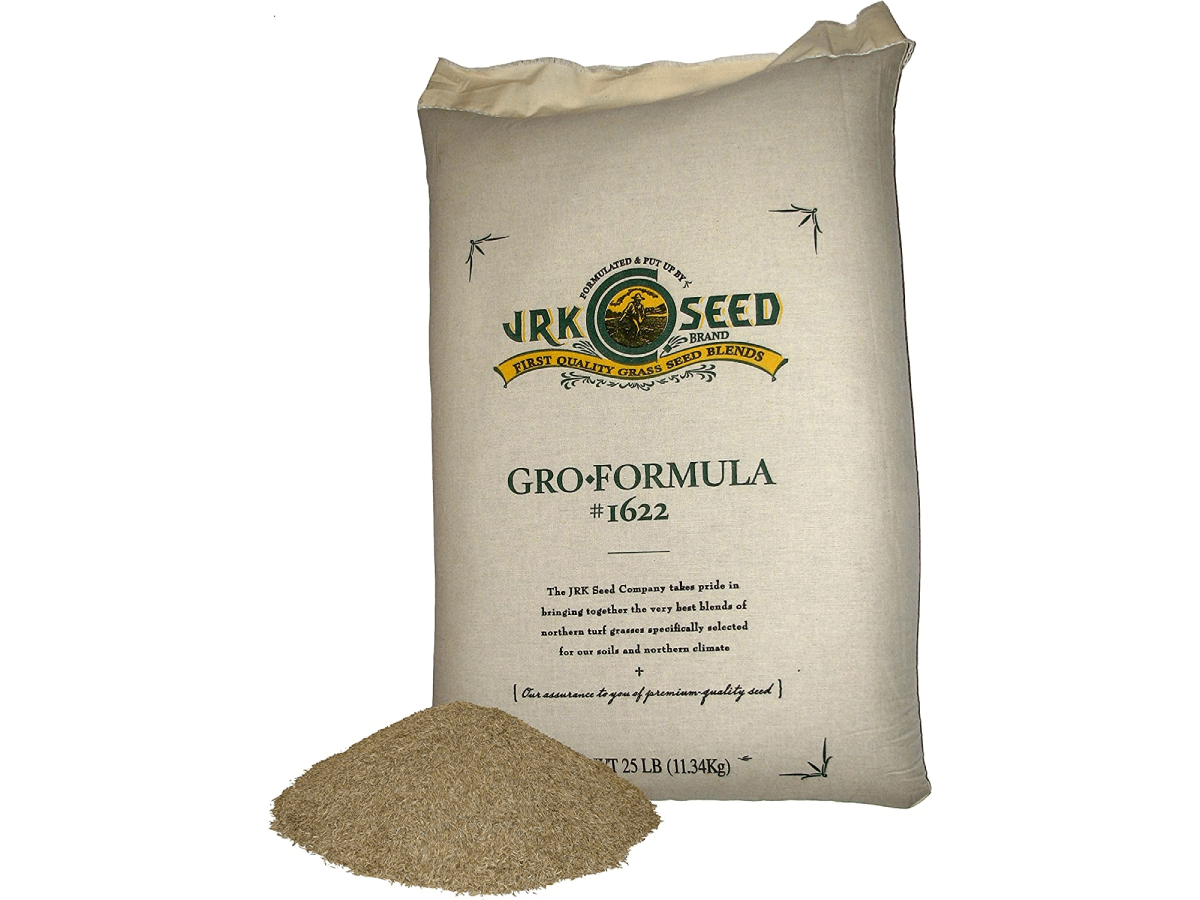
Drought-tolerant grass seed is an ideal product to help in the fight for water conservation. By planting drought-tolerant grass, you scale back on waterings to just once a month, while maintaining a beautifully thick, green lawn without the need for fertilizer for various chemicals.
Get the JRK 4 Fescue Low Grow No Mow Grass Seed Mix on Amazon for $59.99
11. Toilet Leak Detection Dye Tablets
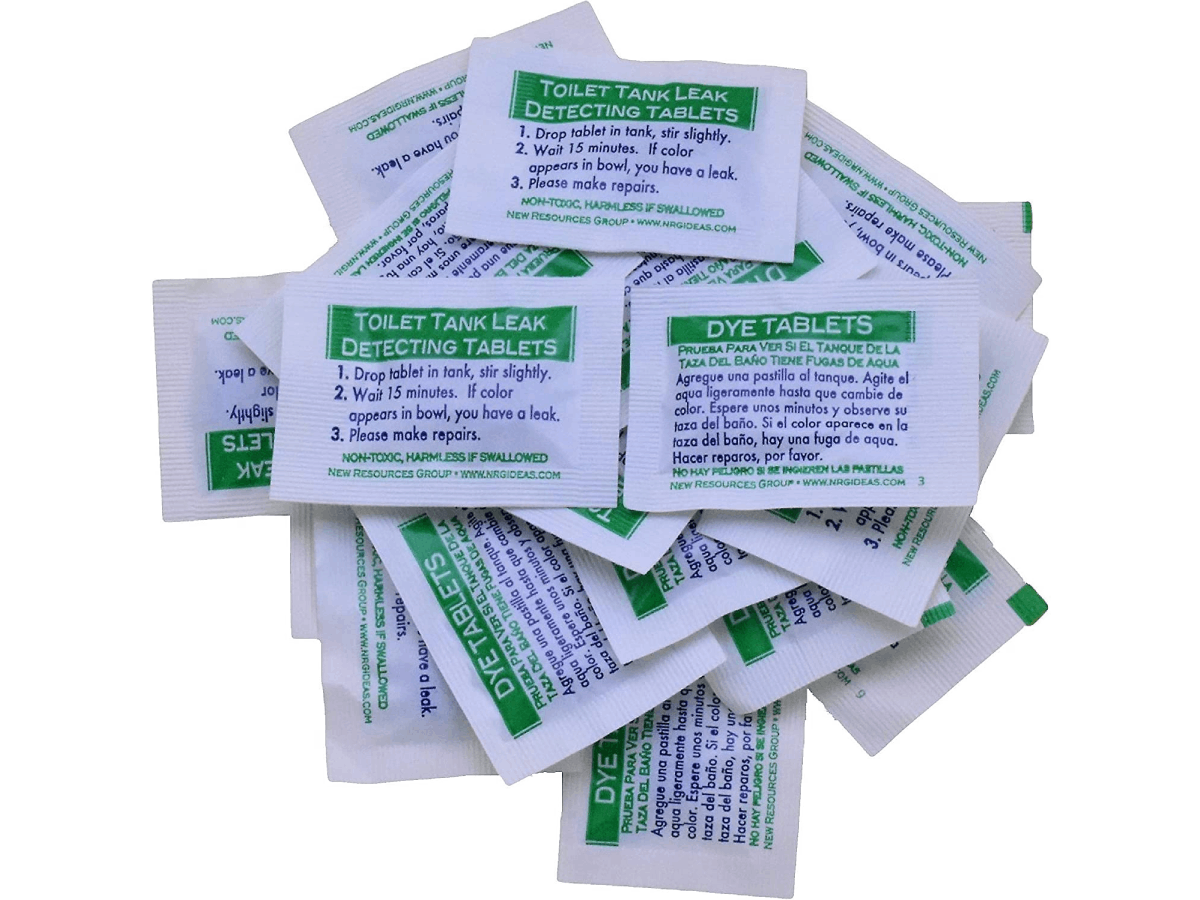
This simple product can save your home and the environment. The tablet is placed directly in the toilet tank to indicate if there is a slow or silent toilet leak happening. Give the tablet several hours to work. If the water in the bowl changes to blue, you have a leak.
Get the New Resources Group Toilet Leak Detection Dye Tablets on Amazon for $9.84
12. High-Efficiency Dishwasher
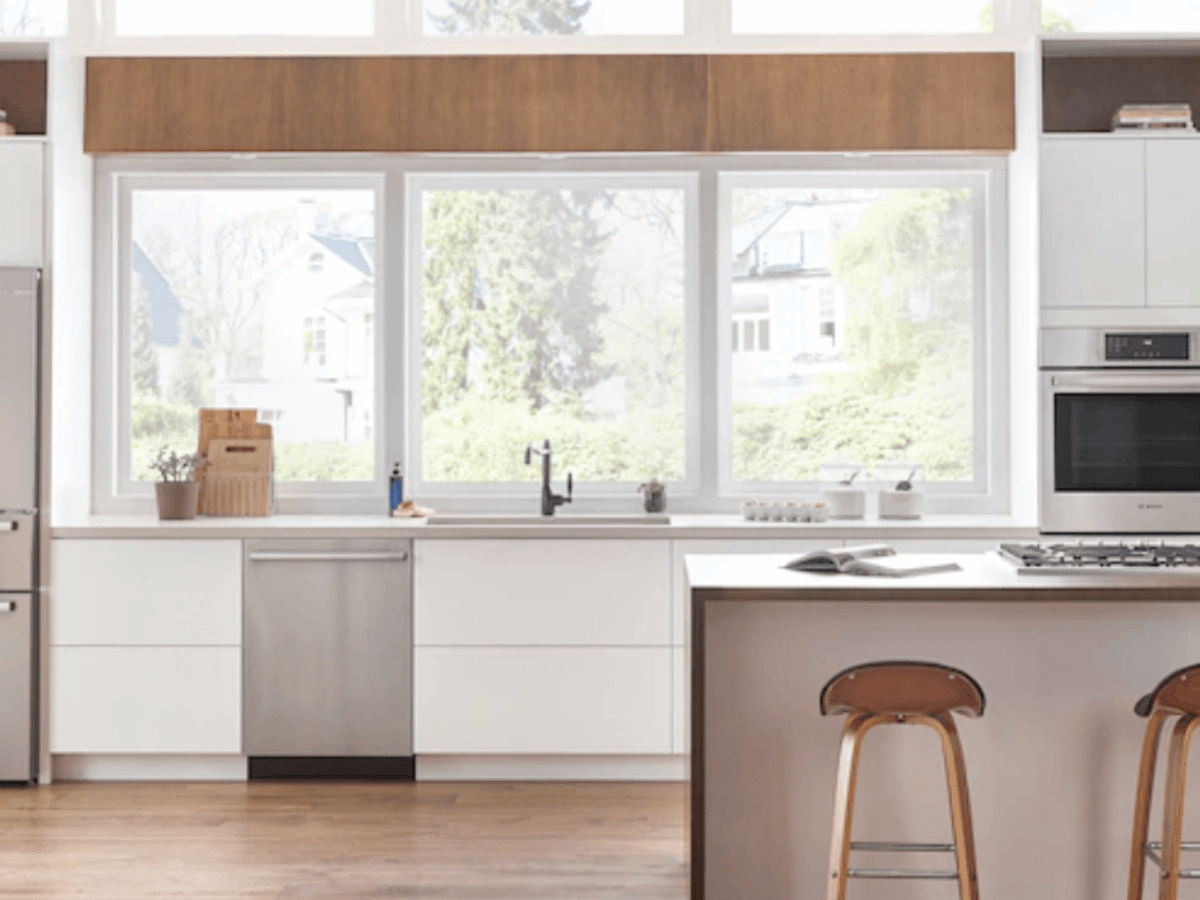
If you love the hands-off approach of using the dishwasher, you may be guilty of running a load that’s not full. When possible, be sure to fill the dishwasher fully to cut back on the amount of times the dishwasher runs, and subsequently, how much water is used. Go one step further and upgrade to a high-efficiency dishwasher. Look for an Energy Star-certified dishwasher, which can use as little as three gallons per load.